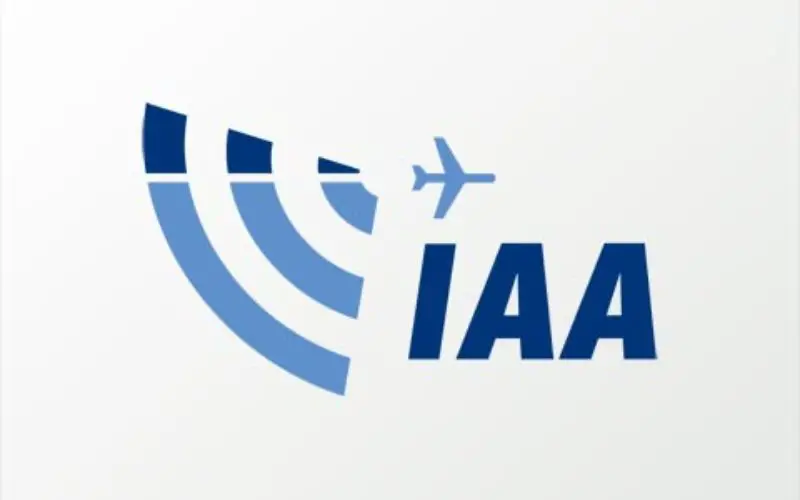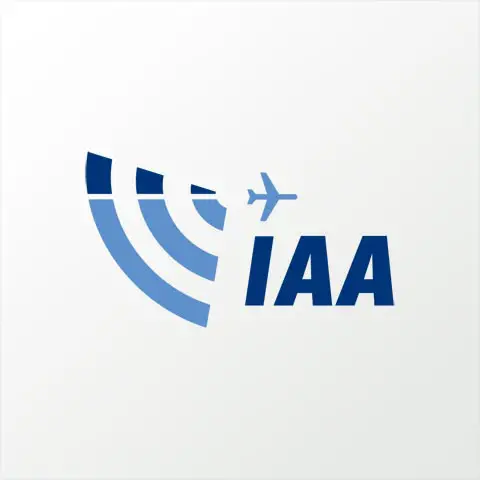
 In light of the increased use of drones, police in the UK have seen a spike in over 2,000% in drone related calls. Many of these calls are as a result of the public’s increased awareness of the use of drones, however, there is a lack of awareness in relation to the aviation and privacy laws that apply.
In light of the increased use of drones, police in the UK have seen a spike in over 2,000% in drone related calls. Many of these calls are as a result of the public’s increased awareness of the use of drones, however, there is a lack of awareness in relation to the aviation and privacy laws that apply.
The Office of the Data Protection Commissioner (“ODPC”), on 22 December 2015, issued guidance on the use of drones which provide both users and the public with greater clarity in relation to what is required from a data protection legislation perspective.
The operation and use of drones that process personal data kept by an individual and which is solely concerned with the management of his/her personal, family or household affairs or kept for recreational purposes is exempt from the application of the data protection legislation. This does not, however, extend to the surveillance by an individual of a public area outside his/her home, which was recently held by the CJEU to fall within the Data Protection Directive. Therefore, anyone intending to use a drone should seek to ensure that it does not inadvertently capture third party personal data as to do so would require that individual to comply with the obligations and safeguards set out in the data protection legislation and the guidance issued by the ODPC.
Any drone which captures personal data will be subject to the Data Protection Acts 1988 and 2003 (the “Acts”) and operators of these drones will need to ensure they comply with the requirements of the Acts in relation to the collection, processing and retention of personal data.
This guidance provides similar obligations as those prescribed in respect of CCTV use. The obligations include the following:
Regulation by the Irish Aviation Authority
Ireland is one of the first countries in Europe to regulate the use and operation of drones. On Monday, 21 December 2015 the Irish Aviation Authority (Small Unmanned Aircraft (Drones) and Rockets) Order 2015 was introduced to regulate drones. Drone operators will need to familiarise themselves with the new rules, some of which include:
Source: EVERSHEDS
GIS Resources is an initiative of Spatial Media and Services Enterprises with the purpose that everyone can enrich their knowledge and develop competitiveness. GIS Resources is a global platform, for latest and high-quality information source for the geospatial industry, brings you the latest insights into the developments in geospatial science and technology.

